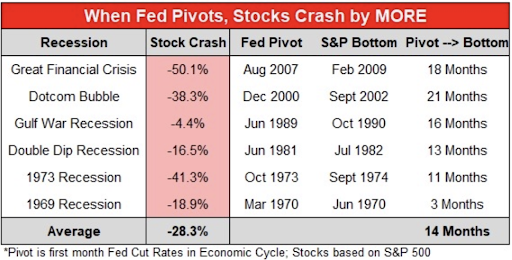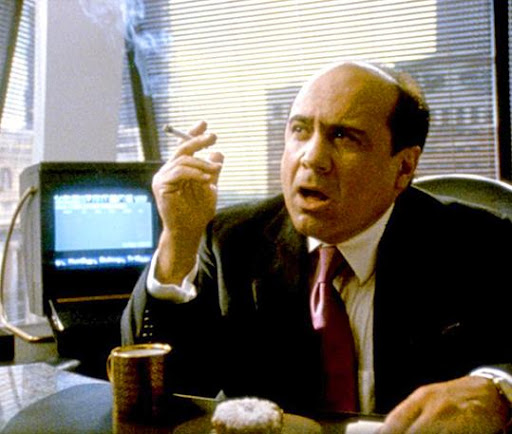From Charles Dow, Robert Rhea and Richard Schabacker — all three early pioneers of stock market technical analysis — four driving principles of momentum trading have endured the test of time…
And still guide technical trading decisions to this day.
Each of these four principles of momentum trading can be quantified mathematically… And most, if not all, mechanical trading systems are based on at least one of the four.
So let’s take a closer look…
Principles of Momentum Trading No. 1: A Trend Is More Likely to Continue Its Direction
Because the price of stocks can be defined by a clear trend of higher highs and lower lows, strategies and probabilities are able to take shape.
What this principle of momentum trading means is that once a trend is established, it takes considerable force and capitalization to turn the tide.
Fading a trend is a low-probability endeavor.
The greatest profits are often made by entering reactions or retracements following a counter-trend move… Or by playing either the most recent swing high or a certain target just beyond the most recent swing high.
An absence of chart patterns or swings implies trend continuation until both a higher high and a higher low form and price takes out the most recent higher high.
It’s the exact opposite of that for uptrend changes.
Principle No. 2: Trends End in Climax
Trends continue in “push/pull” fashion until some external force puts enough pressure on the system.
It could be in the form of spiking volume or volatility.
This tends to happen when there’s extreme continuity of thought and euphoria among the masses that price will continue upward.
However, price action tends to carry further than most people anticipate because of extreme emotions.
Be careful…
Anticipating reversals can be financially dangerous!
In fact, some price action becomes so parabolic in the end stage that up to 70% of the gains come in the final 20% of the move.
Markets also rarely change trends overnight…
So this principle of momentum trading is extra important since a sideways trend or consolidation is more likely to occur before rolling over into a new downtrend.
Principle No. 3: Momentum Precedes Price
Momentum, the forces of buying and selling pressure, leads price.
New momentum highs have a greater probability of resulting in a new price high following the next reaction against that momentum high.
In other words, expect a new price high following a new momentum high reading on indicators like the MACD.
A gap may also serve as a momentum indicator.
Some of the highest-probability trades occur after the first reaction following a new momentum high in a freshly confirmed trend.
But be aware that a “momentum high” following a trend exhaustion point is invalidated by the second principle of momentum trading…
That means you should never establish a position in the direction of the original trend following a clear exhaustion point.
Principle No. 4: Price Alternates Between Range Expansion and Range Contraction
Price tends to consolidate, or trend sideways, much more frequently than it expands, or breaks out.
Consolidation indicates equilibrium points where buyers and sellers are satisfied, also called efficiency.
And expansion indicates disequilibrium, imbalance and inefficiency between buyers and sellers.
It is often easier to predict volatility changes than price, as price-directional prediction, or breakout, following a low-volatility environment is almost impossible.
Although low-volatility environments are difficult to predict, they do provide some of the best risk/reward trades possible.
One of the setups that offers this type of opportunity is the 2x Inside Day strategy.
Now, various strategies can be developed that take advantage of the principles of momentum trading.
In fact, the best traders normally base their methods on at least one of them.
So the next time you’re about to place a trade, think about which principle of momentum it’s based on.
And if it violates one of these four principles of momentum trading, it might be time to rethink your strategy.
I hope this helps!
All the best,
Roger Scott
Senior Strategist, WealthPress




